
Xplor reconnects kids to nature and helps them find adventure in their own backyard. Free to residents of Missouri.
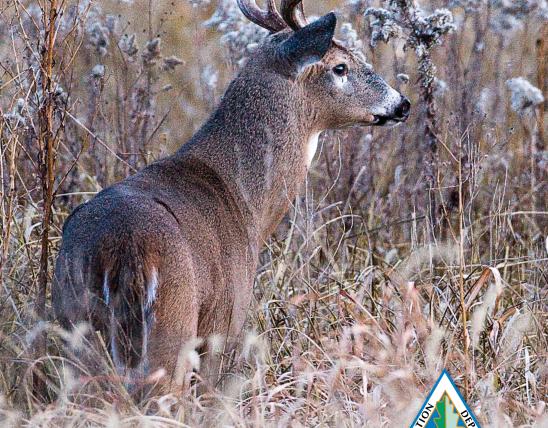
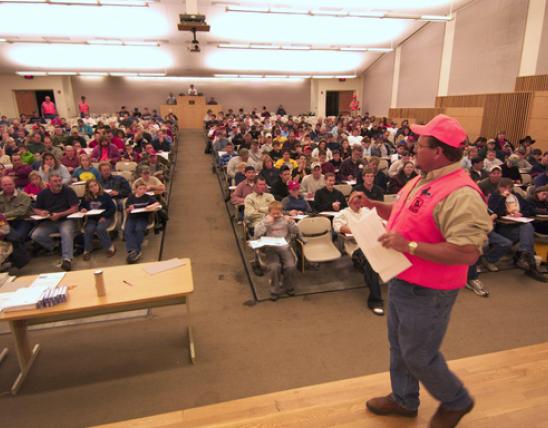

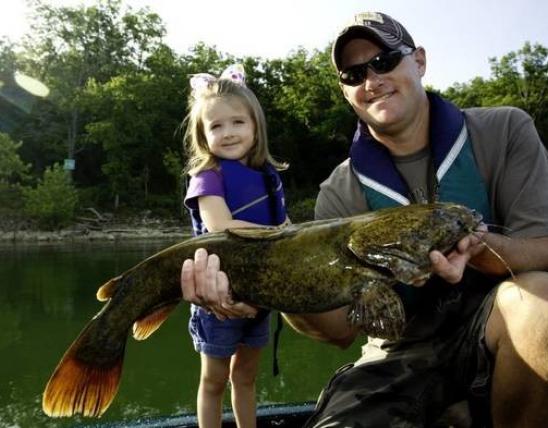
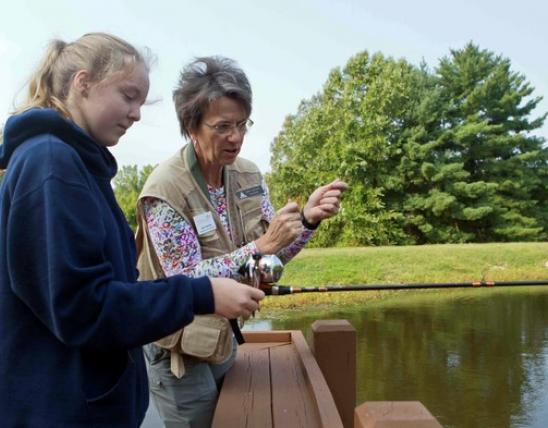
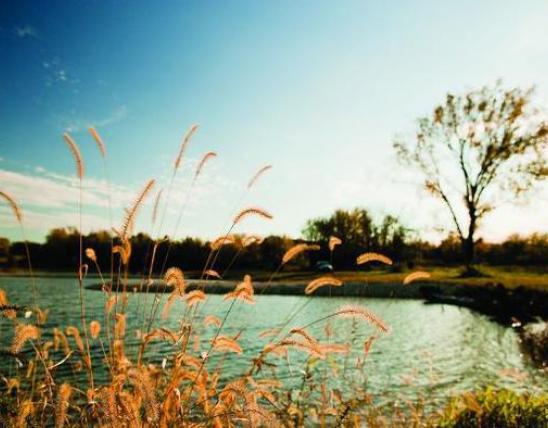
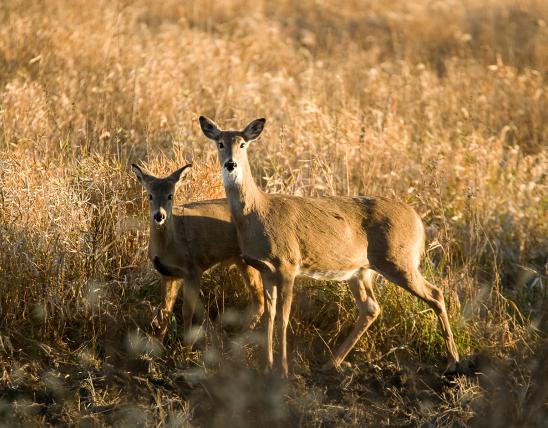

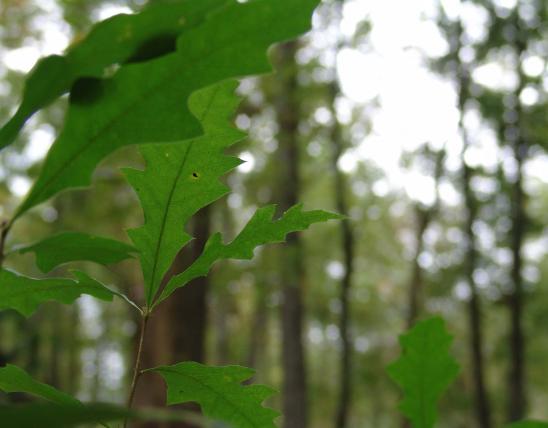

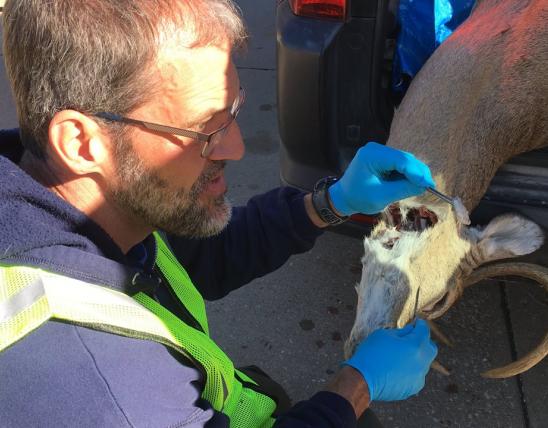
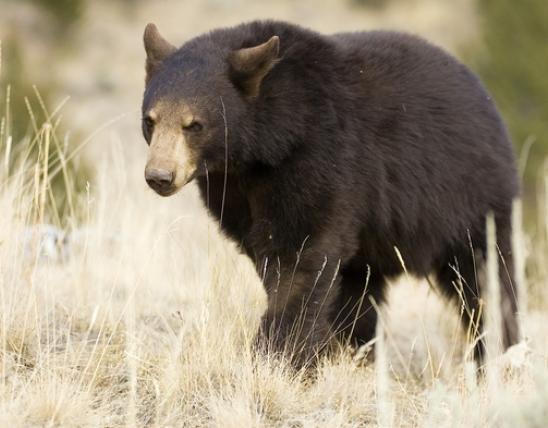
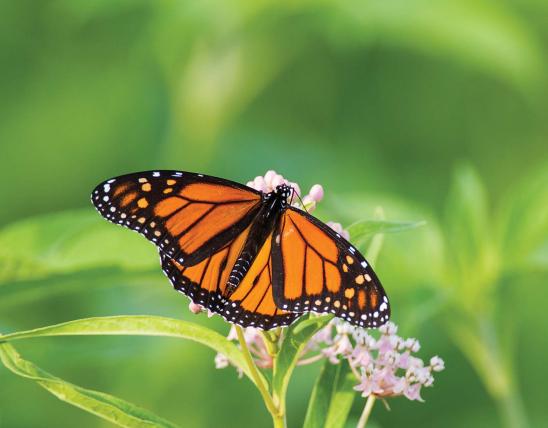


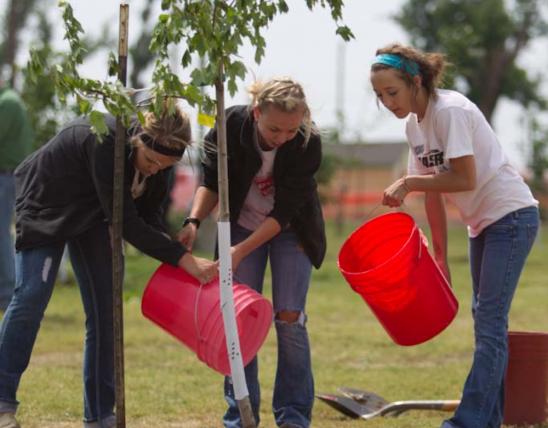
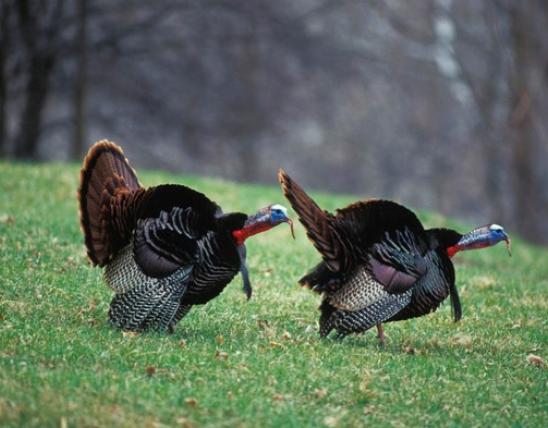
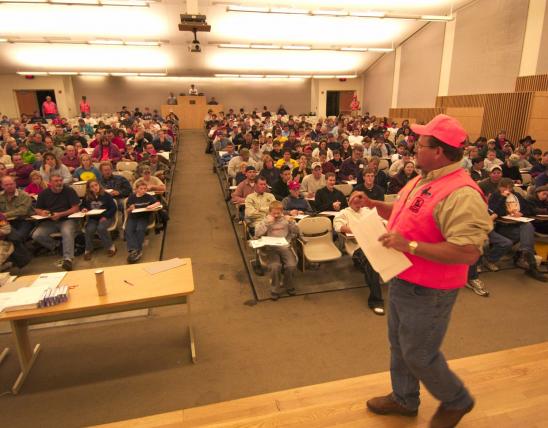











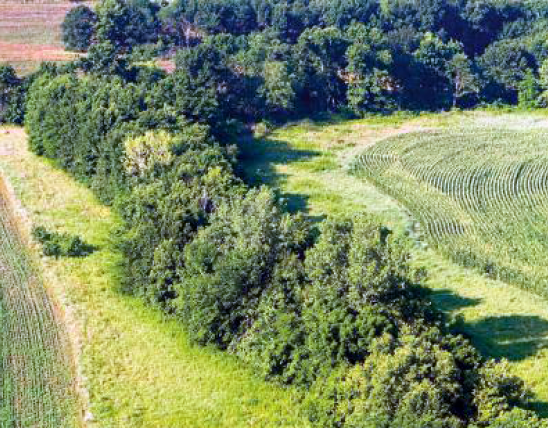


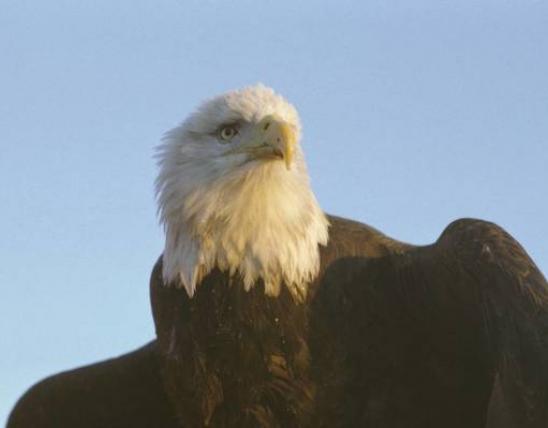
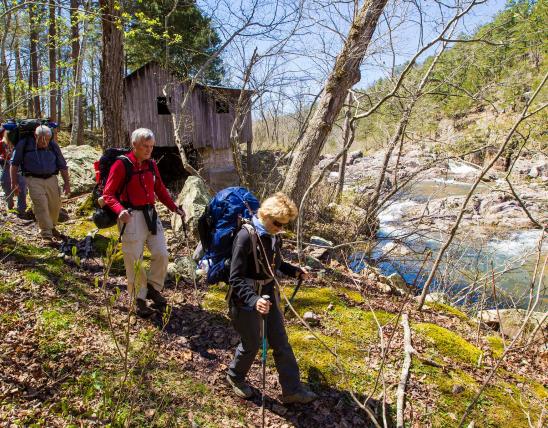
Stay in Touch with MDC news, newsletters, events, and manage your subscription

Xplor reconnects kids to nature and helps them find adventure in their own backyard. Free to residents of Missouri.

A monthly publication about conservation in Missouri. Started in 1938, the printed magazine is free to residents of Missouri.
JEFFERSON CITY–Hunters are important partners in the Missouri Department of Conservation’s effort to slow the spread of chronic wasting disease (CWD), and agency officials urge hunters to take simple precautions when processing deer.
Although there is no evidence that CWD can affect humans or domestic animals, it is always fatal to members of the deer family. It is caused by abnormal proteins, called prions, which can remain infective for years after an infected deer dies.
Deer can become infected if they are exposed to soil containing CWD prions. Prions can get into soil when infected deer or deer parts decompose on the soil surface. Since many hunters process their own deer, they are key players in slowing the spread of CWD.
“One way that CWD can spread is by the transportation and improper disposal of carcass parts by hunters,” says Conservation Department Resource Scientist Jason Sumners. “CWD prions are concentrated in the spinal column, brain and other non-edible parts of deer that hunters normally discard. It’s important for hunters to know that moving deer carcasses from one part of the state to another runs the risk of spreading CWD.”
CWD has been found in captive and free-ranging deer in Macon County. The Conservation Department has established a CWD Containment Zone in Adair, Chariton, Linn, Macon, Randolph, and Sullivan counties and has taken measures to confine the disease to this area. Sumners says he is confident that hunters will do everything they can to avoid spreading CWD if they understand how important proper carcass disposal is.
“No one has more at stake in this effort than hunters do,” he says.
Sumners says hunters should avoid cutting through bones, the spine or brain when processing deer carcasses. If they hunt somewhere other than home, they need to bring knives and containers so they can remove meat from bones and leave behind potentially infectious material.
If hunters must transport whole carcasses, then they need to send non-edible carcass parts to state-approved landfills, where they will be properly buried. This can be accomplished by double bagging the carcass remains and sending them through municipal trash collection. If this is impractical, bury the carcass deep enough that scavengers can’t dig it up.
Preparing antlered deer for taxidermy requires different precautions. Taxidermists use artificial head forms to create mounts, so there is no reason to keep skulls, which can carry prions. When removing the cape from the carcass, also skin the head. Use a power saw to remove the antlers, along with a small portion of the skull that joins them. Clean the inside of the skull plate with chlorine bleach before leaving the area where the deer was killed.
Many hunters prefer to make their own “European” mounts, where antlers are left on deer skulls and mounted without hide. Cleaning intact skulls usually includes boiling. This is not hot enough to deactivate prions, so tissues to be discarded should be soaked for approximately one hour in a 50-percent bleach mixture to minimize any potential for those materials to be infectious.
Sumners also encourages hunters who harvest deer within the containment zone to donate tissue samples for the CWD monitoring program the Conservation Department started in 2002.
The Wildlife Code of Missouri requires hunters who harvest deer, elk, or moose out of state and bring the animal with the spinal column or head attached into Missouri to call toll free, 877-853-5665, and report the animal’s entry within 24 hours. They also must take the carcass to a licensed meat processor or taxidermist within 72 hours of entry. This is designed to prevent introducing CWD into new areas of Missouri from other states.
Hunters transporting deer through Missouri en route to other states do not need to call the number.
Details about these measures are listed in the 2013 Fall Deer & Turkey Hunting Regulations and Information booklet, which is available at MDC offices, where hunting permits are sold and online at mdc.mo.gov/node/3656.
-Jim Low-
To follow MDC on Facebook, Twitter, YouTube or Flickr, or to receive RSS feeds, visit www.mdc.mo.gov. and click on the icons at the bottom of the page.